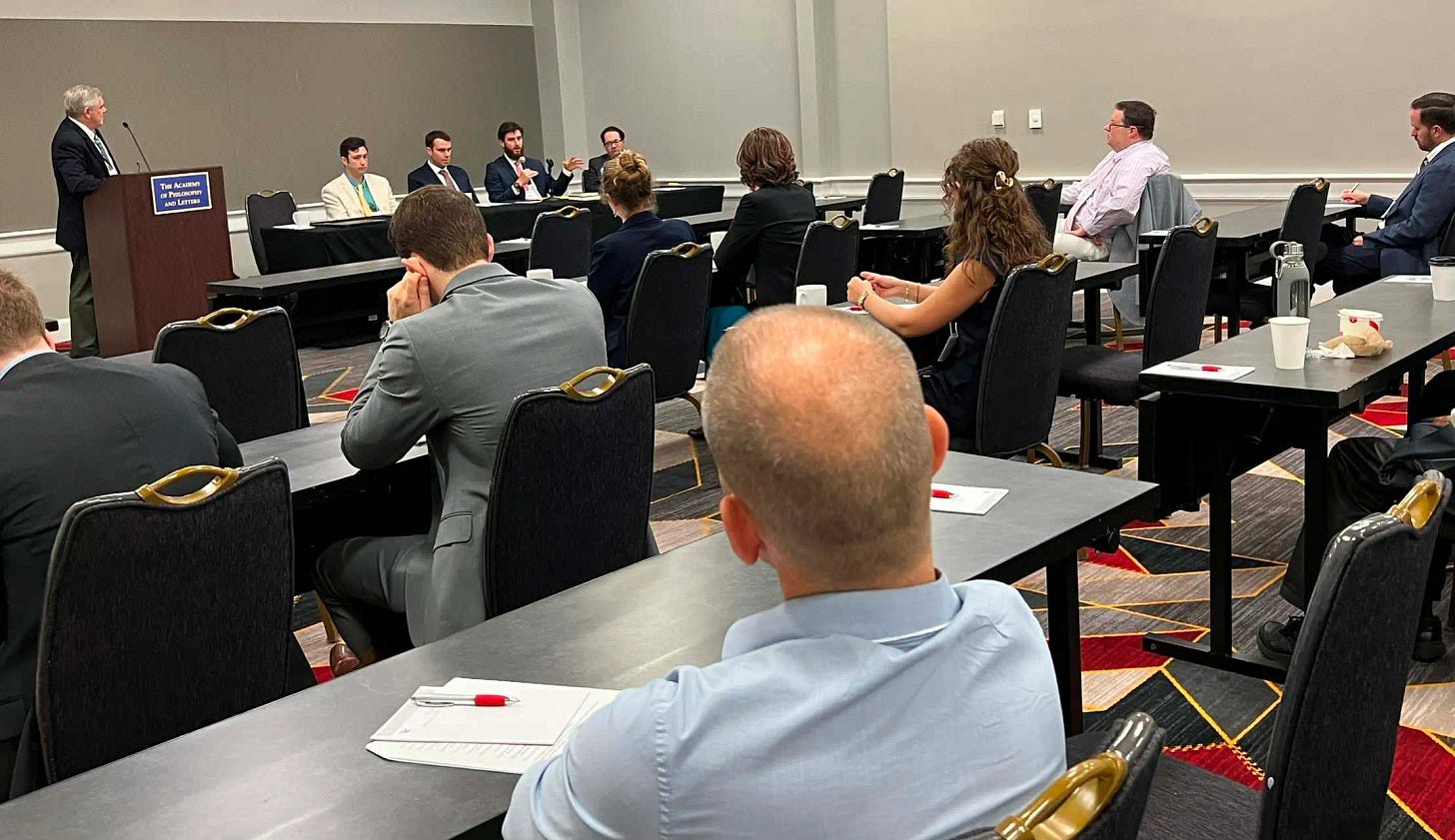I have a new piece in TAC. I attack the Biden administration’s National Defense Industrial Strategy and suggest that Trump just chuck it all out and start anew.
In January of 2024, the Pentagon released its first National Defense Industrial Plan. This document, and earlier the creation of the new position of assistant secretary of defense for industrial base policy, were meant to address the glaring problems with America’s military industrial base that were made painfully obvious by the rapid rate at which American munitions were consumed in Ukraine, and later in the Red Sea and Israeli airspace.
While it is good that the bureaucracy is waking up to this problem, as might be expected of the sclerotic Blob, their solutions are laughable. Like many other aspects of the old regime, this plan needs to be swept away by President Trump and the fresh blood he is bringing into the administration.
As has happened in seemingly every other aspect of the government, DEI has openly infected the Pentagon’s military industrial base (MIB) planning. In a section titled “Expand Recruitment of Non-Traditional Communities” the report bemoans that the MIB lacks sufficient diversity and that this indicates that “companies may not be targeting diverse groups for employment”. Why does this matter at all? Well, according to the authors of the report, “(DEI) is important to ensure that we have an industrial base that reflects the nation itself”.
To accomplish this goal, not only does the report call for more DEI initiatives, but also notes that under now former Secretary of Defense Austin, the DoD spent $61.7 million in grants to historically black colleges and universities and other “Minority Serving Institutions.” Elsewhere, the plan calls for diversifying the supplier base, not only with companies not traditionally involved in defense production, but with a special emphasis on spending more contracting dollars on socio-economic groups that are “under-utilized”.
The damage that such distractions inflict on long term military readiness is not merely theoretical. Writing in the Hill last March, Matt Cole and Chris Nicholson pointed out the enormous amount of diversity red tape that has hamstrung attempts to jumpstart the American microchip industry to wean us off of our dependence on Taiwan. Creating a chief diversity officer at the National Science Foundation and forcing TSMC to hire racial minorities, women, and ex-convicts, rather than focusing on building the best chips possible, undermines American security and is the perfect illustration of why previous military industrial planning has to go out the window.
But left-wing DEI nonsense is not the only area where the 2024 strategy falls short. In an amusing section reminiscent of the sitcom Yes, Minister, the report bemoans that “high barriers to entry disincentivize the types of small or sub-tier suppliers that help to diversify and make the industrial base more resilient from doing business with the DoD.” Rather than suggesting that such barriers be simplified and reformed, it instead touts no less than eight government programs that exist to help assist smaller businesses navigate entry into defense production.
Read the rest at TAC.
I also wanted to flag that the 2025 meeting of the Academy of Philosophy and Letters is coming up at the beginning of June. I am a member of APL and its is always one of the highlights of my year. Unlike many conferences, there are no breakout sessions. Everyone is together for all the panels. Can’t recommned it enough!
This year the the theme is Forms that Fit: The Permanent Things in a Turbulent Time. Heritage’s Kevin Roberts will be one of the keynote speakers.
I have submitted what I consider to be a rather fun paper proposal titled “Heaven’s Mandate and Revenge” that I have been thinking about a lot lately. Fingers crossed it will be accepted.
Here is a picture from last year’s meeting chatting with Justin Litke and Michael Federici.
Here is the panel I was on last year.




